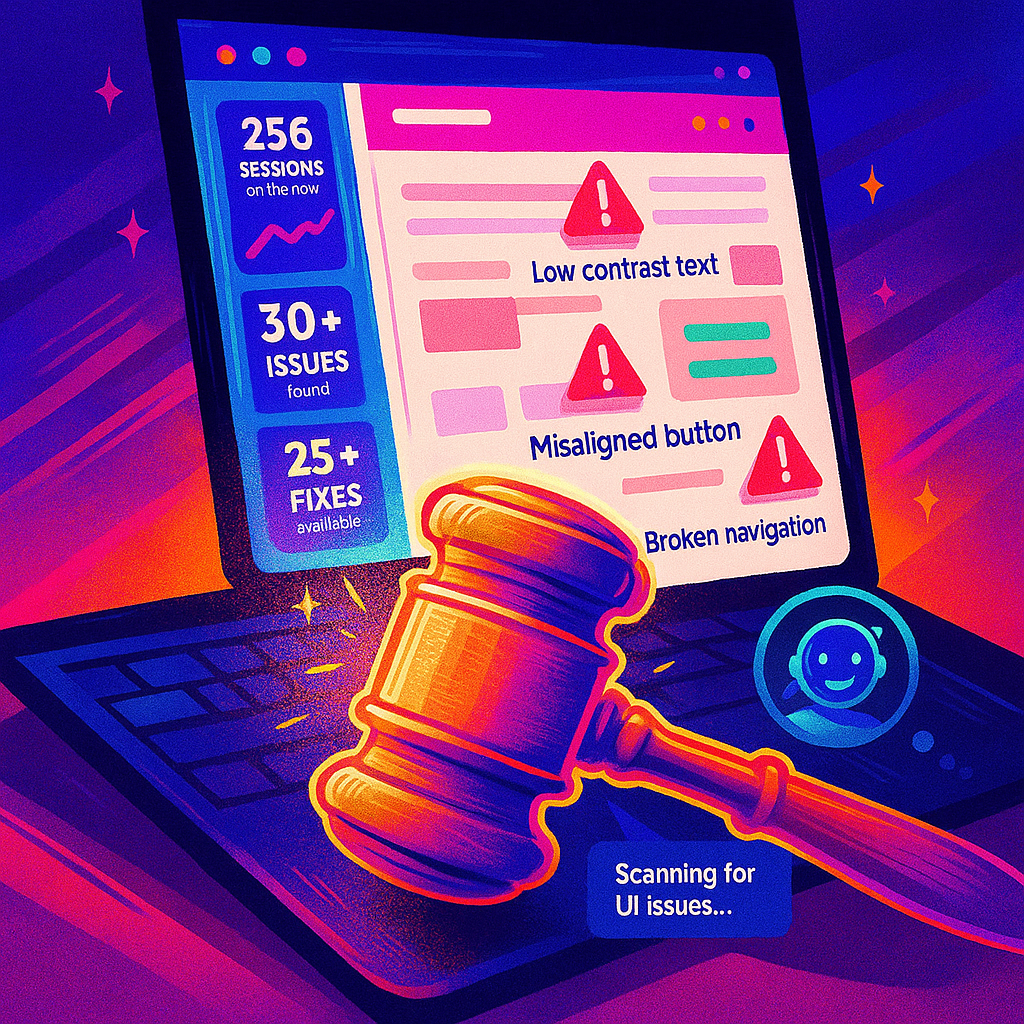Contextual Personas for Edge Devices
by Admin-checker
INDEX
AI tools enable real-time detection of usability problems. The article examines hands-on testing methods and advantages and limitations of current AI-powered UX audits.
Date Jul 25, 2025
INDEX

Manual usability audits are time-consuming—and even expert teams miss things. That’s why AI is being trained to automatically detect UX issues at scale.
In 2025, new AI-powered tools claim to flag everything from poor contrast to broken flows. But how good are they really?
This article puts them to the test: we evaluate popular AI usability checkers, their accuracy, where they help—and where they fail.
The discipline of usability testing has traditionally relied on human involvement through user interviews and heuristic analysis and feedback sessions. But AI offers:
Theoretically AI enables teams to identify UX bugs before users encounter them.
Today’s AI usability tools can identify:
But they still struggle with:
That’s why human review still matters. AI functions as an endless helper which operates alongside human professionals instead of replacing them entirely.

Here are the tools we tested hands-on:
We evaluated these tools across 10 interfaces—from landing pages to dashboards.
In our testing:
Overall:
At Boosta, we’ve started using AI tools in our design audit workflow.
Here’s how:
The outcome produces quicker QA cycles together with reduced production bugs and enhanced overall UX quality.
AI can now detect the most common usability bugs—faster than any human ever could. But it can’t think like your users. It doesn’t feel frustration. It doesn’t hesitate on a weird form step. That’s why the best teams combine AI precision with human empathy. In 2025, automation helps you test faster—but your users still need you to design better.
Teams use Zapier in boardrooms, spare rooms, and rooms where AI has ROI.